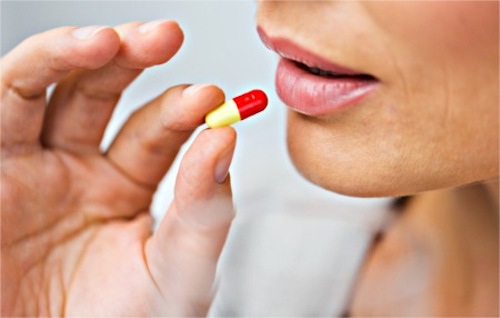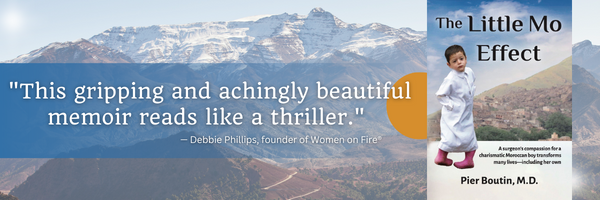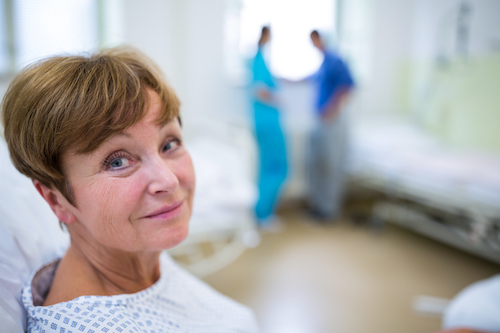Authored by Dr. Sharon Stills, NMD
As life-saving, miracle drugs, antibiotics certainly have their place. But 4 out of 5 Americans are prescribed antibiotics every year. And even the Center for Disease Control — a base for conventional medical practices — estimates that a third of those prescriptions are unnecessary. (That’s tens of millions of unnecessary prescriptions!) By contrast, I have only prescribed antibiotics two times in all my years as a doctor.

So why are conventional doctors handing out antibiotics like candy? And what should you know that they’re not telling you? Let’s answer those questions, for your sake — and for those you love —because antibiotics aren’t candy, and they can have very negative health effects.
Of course, there will be times when you do need antibiotics, so it’s good to know that there are good ways to quickly restore your health afterward.
The health risks that antibiotics can create
Antibiotics kill a lot of bacteria, not just the ones causing your infection. Doctors have to guess which drug is best for the infection they think you have, because they’re acting without positive identification by a lab test. Even the most targeted antibiotic upsets the delicate ecosystem of bacteria, viruses and fungi in your digestive tract. This disruption impairs the very center of your immune system.
Some studies show that antibiotics can change your gut flora for up to 10 months after a single round of antibiotics. That means for nearly a year after your finish your prescription you can be more vulnerable to infection, disease and other health threats. It’s thought that for children or infants, antibiotic aftereffects can linger for years, or possibly their entire lives.
Unfortunately, you may run these risks for the wrong reasons. Conventional doctors often prescribe antibiotics for what will probably turn out to be an ordinary viral infection. But since viruses and bacteria are different, the antibiotic will have zero effect if it’s a virus that’s making you sick.
But there’s more. Pathogens can be very good at adapting to their environment. So over-prescription of antibiotics helps to create antibiotic-resistant strains of these dangerous organisms — one of the biggest threats faced by medicine today. Medical providers now see millions of drug-resistant infections every year, many occurring in hospitals themselves.
Finally, this tsunami of drugs affects our environment too. Antibiotics are now regularly detected in the groundwater and streams that supply our drinking water. And they are potentially killing helpful bacteria in the overall ecosystem.
What’s the story about antibiotics for you?
How many times have you taken antibiotics in your life? Many people may well have lost count. You may have been given them for upper respiratory infections, head colds, sore throats, bronchitis and garden-variety ear infections.
If you’re like most people, you’ve had to take antibiotics too often. Some people are told to take them indefinitely — even years. But make no mistake: there certainly are times you need antibiotics for serious infections or for public health reasons.
Once you’ve finished your prescription, it’s time to deal with the aftereffects. The major problem is the way these drugs upset the delicate balance of your intestinal flora. In some cases, that means that the “bad guys” can take over. This is exactly what can happen with a terrible diarrheal infection caused by clostridium difficile, of C. diff bacteria, and also with a version of the STD, gonorrhea (Neisseria gonorrhoeae).
But your body is a trooper. It begins to rebuild healthy bacterial populations right away. Still, it could take the better part of a year to restore healthy bacterial balance. Even then, the new good bacteria aren’t likely to be as diverse or as effective at producing proteins, digesting certain foods or making necessary chemicals.
It seems that every week we learn more about how disrupted gut bacteria can affect long term health. But it’s already clear that you should take steps to encourage the good guys to come back. And it’s not a hard thing to do.
Here’s what I recommend to restore your health before, during and after you take an antibiotic:
1. Get enough probiotics in foods and supplements.
Add in fermented foods that contain probiotics to rebuild your good bacteria, including yogurt with live and active cultures, cottage cheese, kimchi, unpasteurized sauerkraut, miso and old-fashioned pickles. Add definitely take a probiotic supplement at least once a day. Choose one with multiple strains, including varieties of Bifidobacterium, Lactobacillus and Saccharomyces.
2. Eat prebiotic foods to feed your good bacteria.
Your good bacteria need plenty to eat so they can survive and thrive. Every day, get plenty of probiotic-loving fiber like garlic, onions, greens, Jerusalem artichoke, asparagus, apples, jicama, barley, seaweed, sweet potatoes and yucca.
3. Use a probiotic whenever you have to take antibiotics.
If you are prescribed an antibiotic, and you think you need it, make sure you take a probiotic too, but don’t take them at the same time. When you’re eating, take your antibiotic. Then at least two hours later, take your probiotic, also with some food. Alternate like that until you’ve completed your course of medication, and then just keep taking the probiotic.
Your body is an unstoppable healing machine on its own when it gets what it needs to work right. That’s why simply providing the right just support can take you all the way back to wellness.
- Egija Zaura, et al. Same Exposure but Two Radically Different Responses to Antibiotics: Resilience of the Salivary Microbiome versus Long-Term Microbial Shifts in Feces. MBIO, November/December 20156, vol. 6, issue 6. E01693-15. https://mbio.asm.org/content/6/6/e01693-15.full.pdf
- https://toxics.usgs.gov/highlights/antibiotics_gw/
- https://www.cdc.gov/media/releases/2016/p0503-unnecessary-prescriptions.html
- Carl Llor, Bjerrum. Antimicrobial resistance: risk associated with antibiotic overuse and initiatives to reduce the problem. Ther Adv Drug Saf. 2014 Dec; 5(6): 229–241.doi: 10.1177/2042098614554919. https://www.ncbi.nlm.nih.gov/pmc/articles/PMC4232501/. Accessed 10.18.17.
- https://www.healthline.com/health-news/five-unintended-consequences-antibiotic-overuse-031114#3
- Dethlefsen L, Relman DA. Incomplete recovery and individualized responses of the human distal gut microbiota to repeated antibiotic perturbation. Proc Natl Acad Sci U S A. 2011 Mar 15;108 Suppl 1:4554-61. doi: 10.1073/pnas.1000087107. https://www.ncbi.nlm.nih.gov/pubmed/20847294. Accessed 10.24.17.
- A. E. Perez-Cobas, M. J. Gosalbes, A. Friedrichs, H. Knecht, A. Artacho, K. Eismann, W. Otto, D. Rojo, R. Bargiela, M. von Bergen, S. C. Neulinger, C. Daumer, F.-A. Heinsen, A. Latorre, C. Barbas, J. Seifert, V. M. dos Santos, S. J. Ott, M. Ferrer, A. Moya. Gut microbiota disturbance during antibiotic therapy: a multi-omic approach. Gut, 2012; DOI: 10.1136/gutjnl-2012-303184.
- https://www.sciencedaily.com/releases/2013/01/130109081145.htm. Accessed 10.24.17.
- https://health.howstuffworks.com/medicine/medication/long-does-it-take-gut-flora-to-recover-from-antibiotics.htm
- https://www.healthline.com/nutrition/best-probiotic-supplement#section3
- https://www.healthline.com/nutrition/19-best-prebiotic-foods#section9
 |
Learn more about how to use probiotics to feel better and support wellness. |










